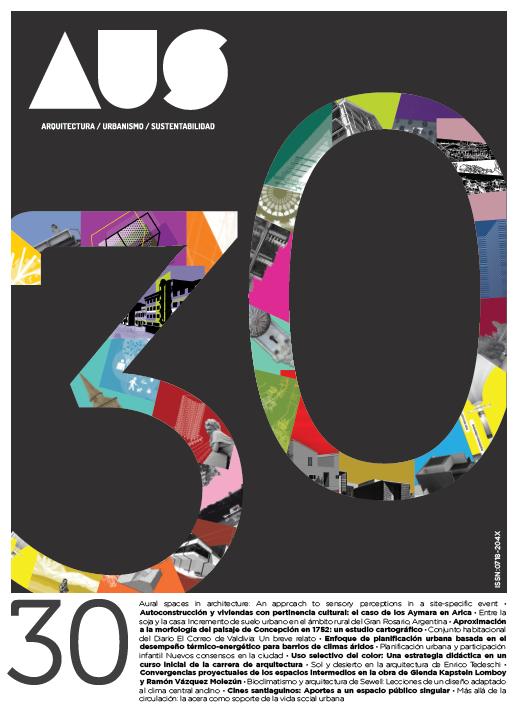Cines santiaguinos: Aportes a un espacio público singular
Contenido principal del artículo
Resumen
Al igual que lo ocurrido en otras capitales latinoamericanas, las salas para proyección cinematográfica santiaguinas se levantaron con una arquitectura novedosa: los cine-palacio. Curiosamente, este despliegue de notables edificios exclusivos para proyectar películas se contraponía a la creciente tendencia de las galerías comerciales que, a mediados del siglo XX, incluyeron otra tipología de sala. Esto supuso un proceso de mutación de las imponentes moles palaciegas, ya que los cines en los pasajes interiores se retrajeron integrándose al peculiar espacio público de recorridos cerrados. Los denominados cine-galería, con menos superficie y capacidad de espectadores, desarrollaron notables cualidades formales bajo la idea de “edificio de inversión”. En este artículo se revisan ejemplos que demuestran que este “ocultamiento” callejero aglutinó un valioso conjunto de salas en el centro histórico de la ciudad, y colaboró para afianzar un fenómeno comercial de circulación en la manzana: las galerías de Santiago, donde, además de comprar, se podía entrar a “ver películas”.

